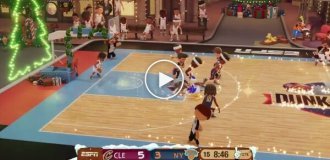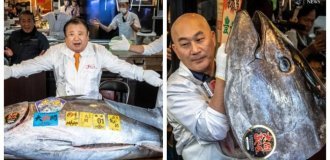When the iguanas got to the Galapagos Islands, they cried, injected themselves, but continued to eat cacti until they adapted and became full-fledged masters in this area. 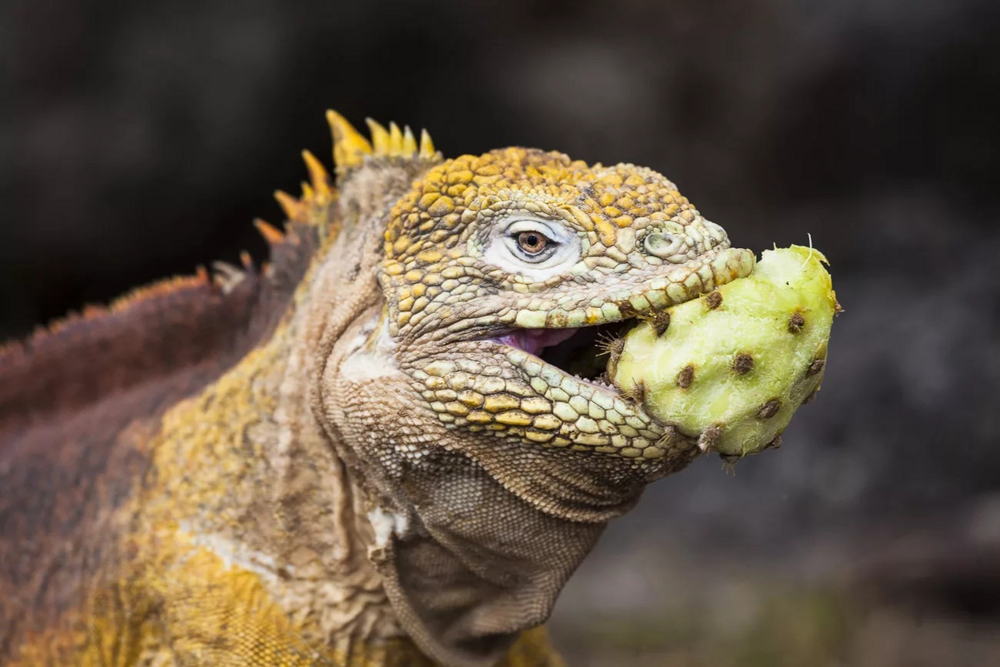
When the iguanas arrived in the Galapagos Islands, they were unlikely to greet their new home with cries of delight. Arid, rocky islands with little to eat. Some of the lizards immediately gave up and urgently began to master diving. This is how marine iguanas appeared. But another part took up terrestrial plants.
The paths of marine and land iguanas diverged 8-10 million years ago. Over such a decent period of time, the animals did not lose family ties. Both terrestrial and waterfowl iguanas have retained approximately the same body sizes: 10-13 kg of live weight, a meter and a half in length, half of which is in the tail. From a diet of cacti alone, the iguanas turned yellow. Literally: the basis of the reptile diet is prickly pear cactus, which is full of betalain dyes. So the lizard was covered in yellow paint. 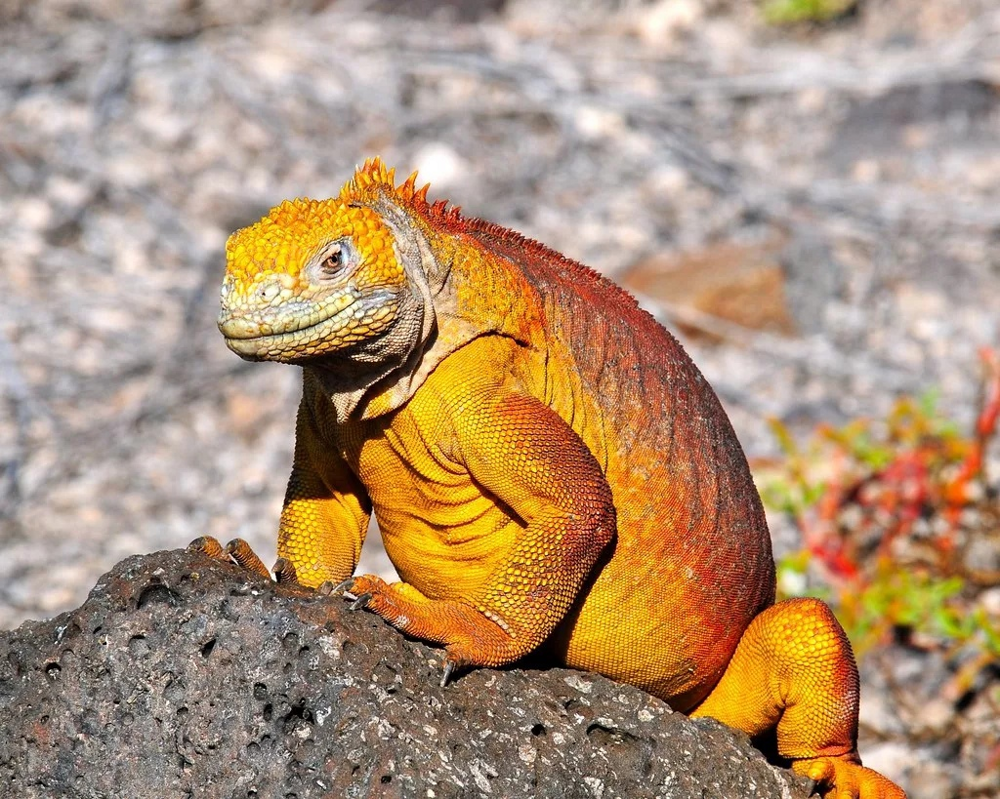
Moreover, for the sake of such a diet, lizards became real sword swallowers. The animal does not bother with cutting up the prey, but swallows the cactus pieces whole. Yes, thorns! Yes, it hurts! But there is no other source of water around except the sea, and, for obvious reasons, you can’t get enough of it. So you have to swallow the prickly pear. At least she's juicy. 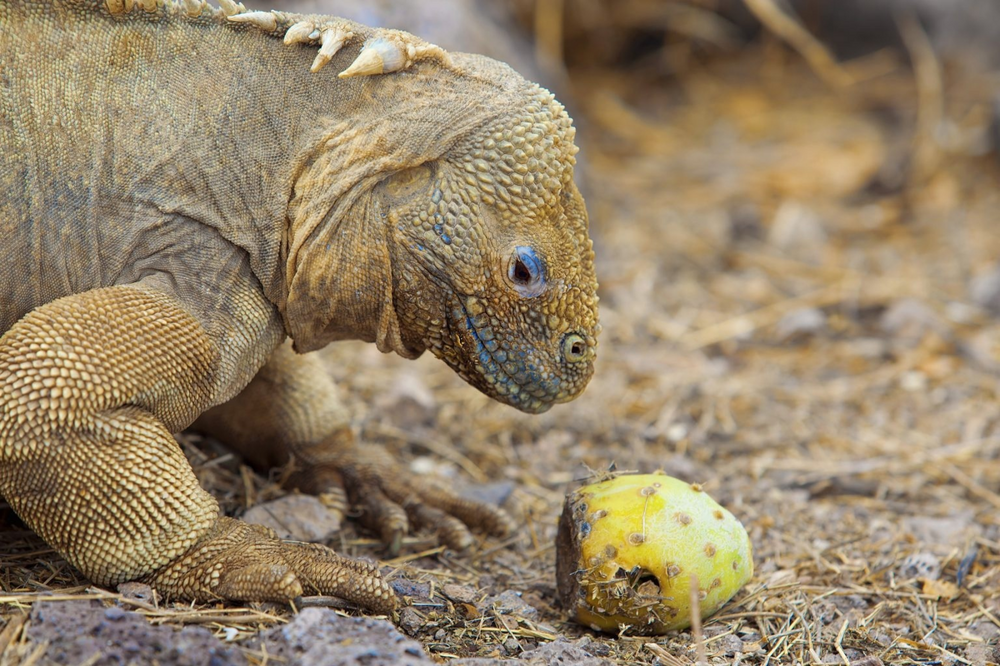
So the hot days pass: the animal drags its tail and extensive sides from one cactus to another until the breeding season comes. Reptiles from cactus thickets actively crawl onto sandy areas in order to prepare for childbirth. Here the classic scramble for territory begins: the males kick each other in the thick skin for the right to own a hectare of land. 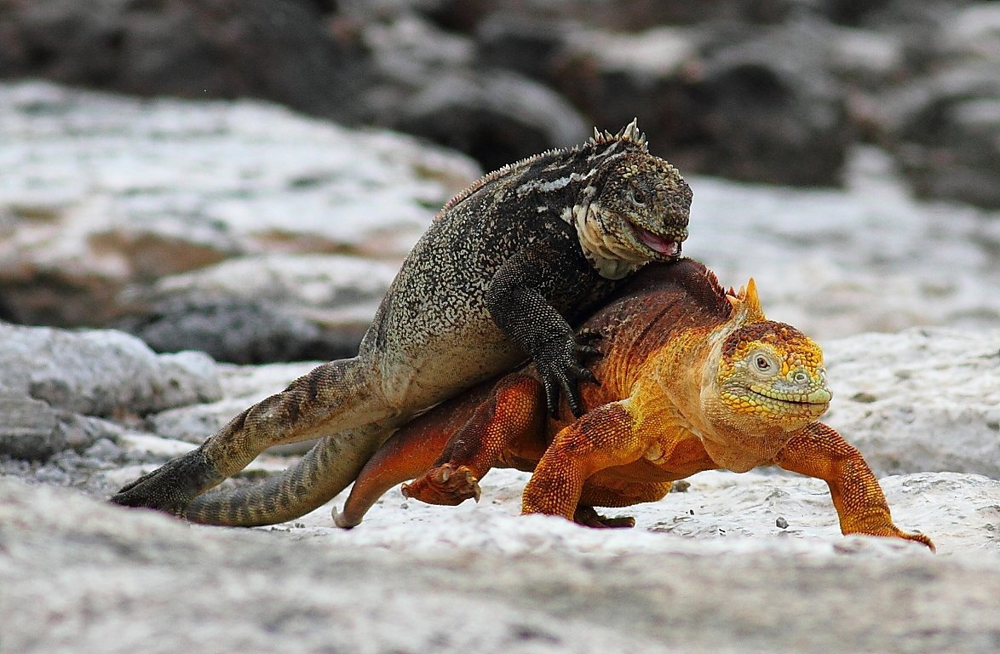
When territorial squabbles are finally resolved, females enter the scene and send a dozen or two offspring to bake in the sand. After 3-4 months, micro-iguanas are already scratching away from the nest in search of food. Young reptiles do not require moral teaching. 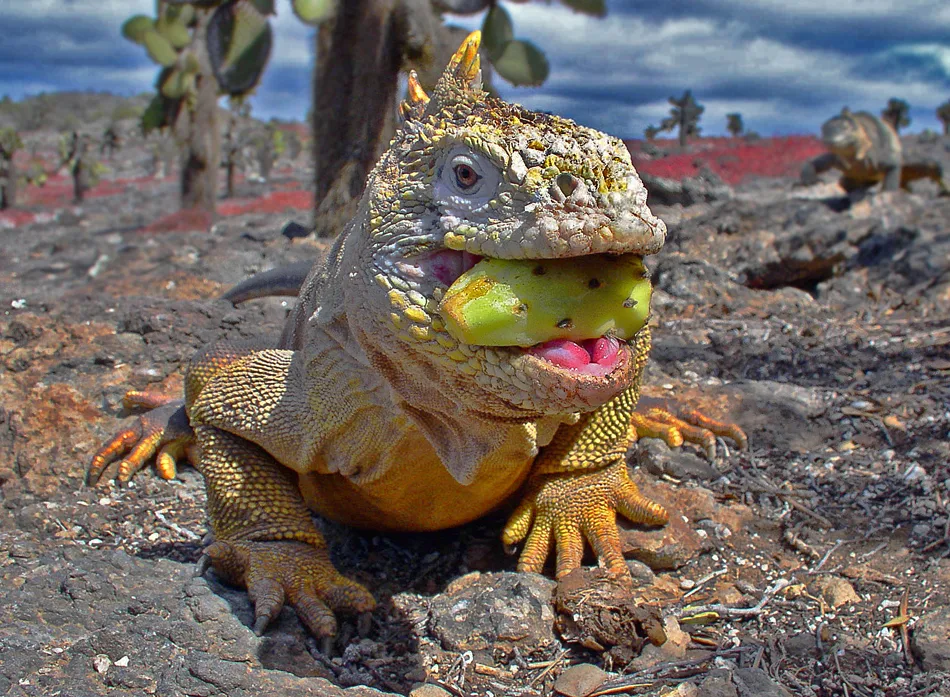
It often happens that such a location turns out to be a beach, where the sea brethren of iguanas also go. Even millions of years of evolutionary differences cannot stop reptiles from loving each other, albeit with reservations. 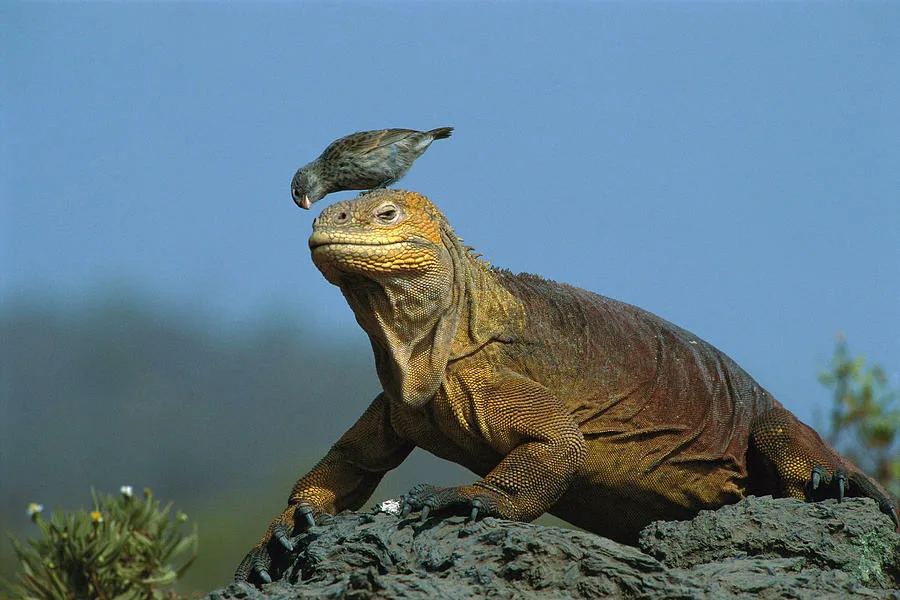
A natural hybrid is born! The combo of two animals takes the best from its parents: a flat tail and claws from a marine iguana, a long snout from a terrestrial iguana, and a diet from both. But here's the problem: the hybrid is most likely sterile. Scientists found only the first generation, and only a few of them on one island. 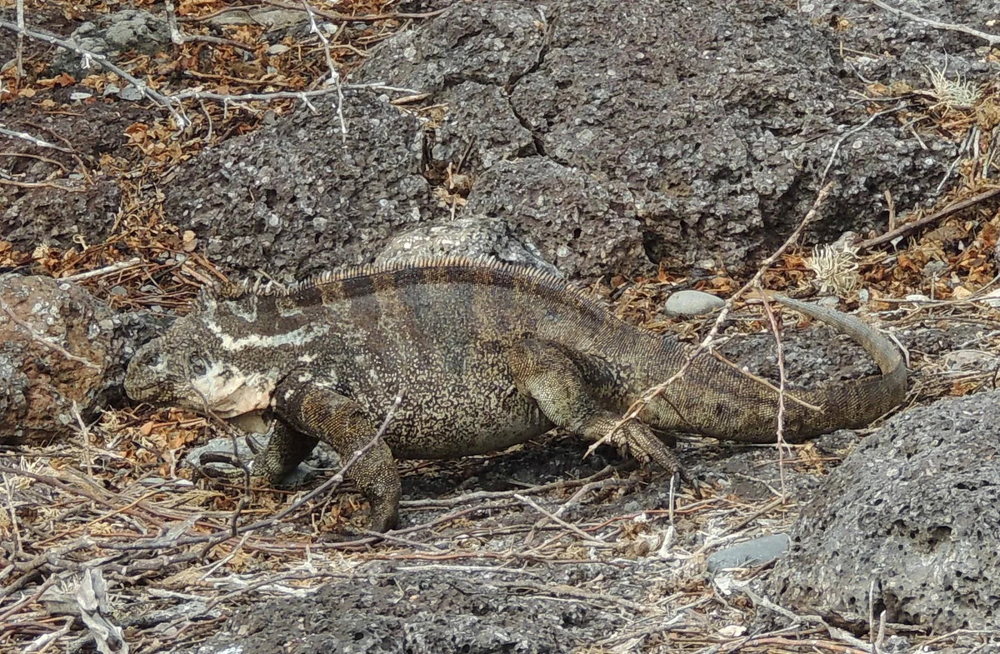
The same hybrid of two species!
Not only the hybrids, but also their ancestors, had problems with quantity. The land iguana is not living the best time - there are only 5-10 thousand of them left, and the reason for this is “tourists” who decided to stay longer: pigs, rats, cats and dogs. But there are chances! The animals are being actively resettled on safe islands where the iguanas can recover.
Add your comment
You might be interested in:
